Business As We See It – September 2014
Spotting the Warning Signs That a Customer Isn’t Planning to Pay
Of all the responsibilities that a business owner must juggle, perhaps the most unpleasant is collecting from clients and customers who, for whatever reason, aren’t paying for the services or goods they purcased. This is a critical job, especially when large amounts of money are involved.
Try to identify — and avoid — prospects that are likely to go AWOL when presented with a bill. While it’s impossible to fully identify slow paying and non-paying clients in advance, you can get ahead of the game by paying attention to certain warning signs.
Anonymous Clients
Some prospective customers don’t seem to exist anywhere other than, say, a vague e-mail address. This is a sign to move cautiously.
It’s not too much to expect that even start-up businesses, as well as individuals, have some sort of online presence, a true location, and a working e-mail address and phone number.
Empty Assurances
One red flag is clients who ask that work on their product or service start immediately, but without providing assurances that payment will be forthcoming. In some industries, it might be common practice for suppliers to provide goods or services, and follow up with invoices later.
When that’s not the case, however, consider the lack of credible assurances a warning sign. That’s especially true if a prospective customer is vague on the budget for a project.
Future Earnings as Payment
Customers who promise some portion of future earnings as payment may be legitimate. But, before you begin work, nail down the terms and decide if the potential reward compensates for the risk.
How realistic are the visions of success? And what happens if, despite everyone’s best efforts, the new idea never takes off?
Perpetual Nitpicking
A client who regularly nitpicks most elements of a project may keep it from ever getting off the ground. While clients have a right to expect the level of quality promised at the outset of a project, those who seem to continually search for reasons to criticize products or services may be using their purported dissatisfaction to avoid paying for their purchase.
Combating the Problem
Even business owners who are adept at distinguishing good prospects from those that won’t pay find it difficult to always get it right. Fortunately, there are certain steps you can take. Here are just a few:
Politely but firmly follow up. A tactful e-mail can provide a gentle nudge when an invoice is overdue. For example: “It looks like Invoice #1000, dated April 1, 2014, for $500 and covering 25 widgets you purchased, may have been overlooked. In case it was lost, I’m resending it.”
This message lets customers know that you’re aware of the payments due, yet offers them the benefit of the doubt. Most people want to operate ethically, and even prompt payers make mistakes from time to time.
Move to a phone call. If your follow-up e-mail(s) aren’t generating a response, a polite phone call should get the client’s attention. Many people find it harder to ignore or say “no” to someone with whom they’re talking than to those they connect to via e-mail.
Try the customer’s AP or business manager. If previous efforts aren’t working, a shift to the accounts payable or business manager may be more fruitful. It still makes sense to remain polite, however. It’s possible that the invoice truly is lost or is stuck on someone’s desk. And this may be the first time the person learns of the payment delay.
Be polite, but assertive
No company wants to hound clients for payment. But you are, after all, in business to make money. Thus, it’s critical that you assertively follow up on delinquent payments. Moreover, before you get to the difficult collection stage, if you’re skeptical of the ability to collect from the customer, create a policy of asking for a retainer or deposit up front before starting a project, and asking for progress payments while the project is in process. And, of course, you can always hand over the matter to a collection agency.
This material is generic in nature. Before relying on the material in any important matter, users should note date of publication and carefully evaluate its accuracy, currency, completeness, and relevance for their purposes, and should obtain any appropriate professional advice relevant to their particular circumstances.
Share Post:









